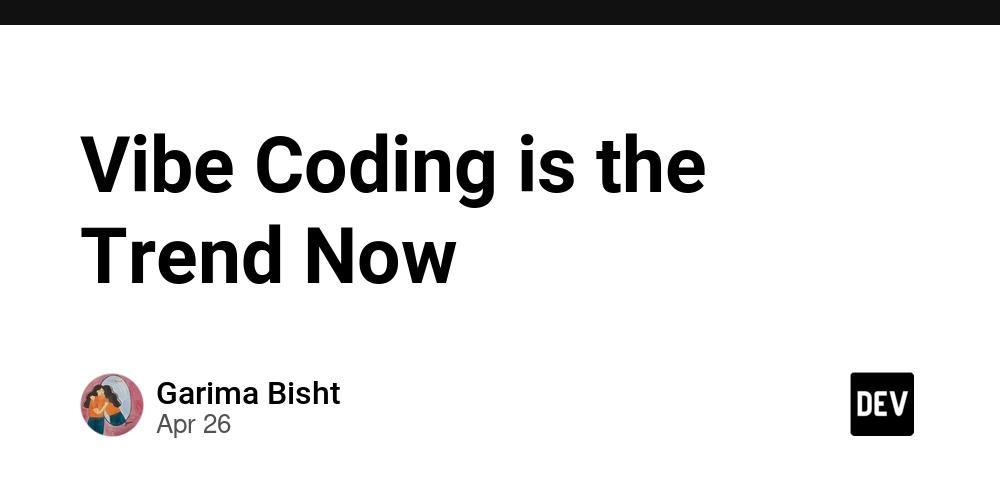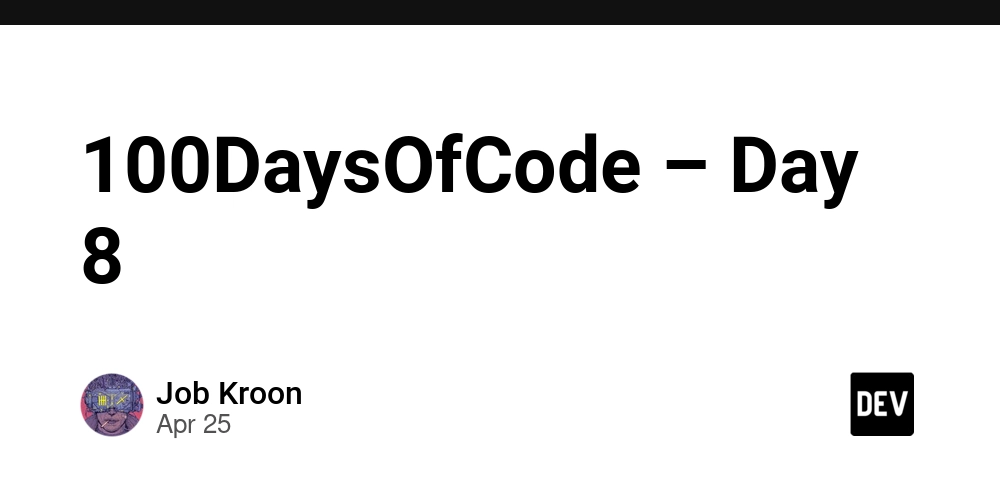Monitoring & Observability: New Tools to Watch in 2025
In the fast-paced world of modern software development and cloud-native infrastructure, monitoring and observability have become more than just IT buzzwords—they’re essential pillars for delivering reliable, scalable, and high-performing systems. As organizations evolve their tech stacks, the tools they use to gain insight into system health must evolve too. Explore DevOps and Cloud Services by Bridge Group Solutions Discover AV and Digital Infrastructure at EIS TechInfra Solutions Welcome to 2025, where observability is no longer just about dashboards, but about intelligence, automation, and actionable insight. Let’s dive into the key trends and tools redefining this space. From Monitoring to Observability: What’s Changed? Traditionally, monitoring focused on predefined metrics, thresholds, and alerts. It answered the question: Is my system working? But in distributed, microservices-based environments, it’s no longer enough. Observability goes deeper—it helps answer why something is broken. It brings together logs, metrics, traces, events, and dependencies into a unified view, allowing engineers to diagnose problems faster and prevent future incidents. Top New Tools to Watch in 2025 1. OpenTelemetry Maturity Tools OpenTelemetry has moved from being “the future” to “the foundation.” In 2025, a new generation of tools is being built on top of OpenTelemetry, providing automated correlation between metrics, traces, and logs. Notable tools: SigNoz – An open-source, full-stack observability platform growing in popularity. Aspecto – A distributed tracing tool built specifically for OpenTelemetry with a developer-first approach. These tools make it easier to adopt observability without being locked into a specific vendor. 2. AI-Driven Observability Platforms Artificial Intelligence has taken center stage in observability platforms. These tools don’t just collect and visualize data—they interpret patterns, detect anomalies, and even suggest root causes. Watch out for: Dynatrace Grail – A hypermodal data lakehouse that allows querying telemetry at massive scale. Chronosphere – Purpose-built for cloud-native observability with advanced anomaly detection and usage optimization. These tools reduce alert fatigue by only surfacing meaningful issues, helping teams respond faster and smarter. 3. Developer-Centric Observability Modern teams demand observability that works with their workflows—not against them. That’s why 2025 has seen a surge in tools that integrate seamlessly with CI/CD pipelines, GitOps practices, and IDEs. Key tools: Honeycomb – Known for its query-first approach and “bubble-up” heatmaps to detect unknown unknowns. Helios – Designed to give backend developers live visibility into their microservices without needing to instrument everything manually. These tools prioritize usability, speed, and collaboration—crucial for fast-moving dev teams. Looking Ahead In 2025, observability is no longer just for SREs or DevOps—it’s a cross-functional necessity. Whether you’re debugging a production outage, tracking performance regressions, or optimizing user experience, your observability tools should provide clarity, not clutter. As complexity grows, the best tools are those that reduce noise, offer intelligent insights, and scale effortlessly with your infrastructure. Final Thoughts The future of observability lies in open standards, AI integration, and developer empowerment. The tools to watch in 2025 are not just feature-rich—they’re context-aware, intuitive, and built for the speed of modern software. Your system is talking. The question is—are you listening with the right tools?
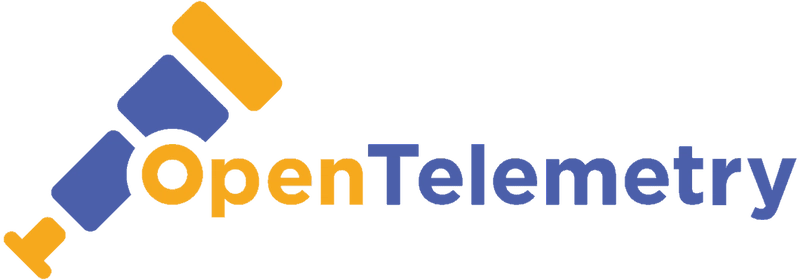
In the fast-paced world of modern software development and cloud-native infrastructure, monitoring and observability have become more than just IT buzzwords—they’re essential pillars for delivering reliable, scalable, and high-performing systems. As organizations evolve their tech stacks, the tools they use to gain insight into system health must evolve too.
Explore DevOps and Cloud Services by Bridge Group Solutions
Discover AV and Digital Infrastructure at EIS TechInfra Solutions
Welcome to 2025, where observability is no longer just about dashboards, but about intelligence, automation, and actionable insight. Let’s dive into the key trends and tools redefining this space.
From Monitoring to Observability: What’s Changed?
Traditionally, monitoring focused on predefined metrics, thresholds, and alerts. It answered the question: Is my system working? But in distributed, microservices-based environments, it’s no longer enough.
Observability goes deeper—it helps answer why something is broken. It brings together logs, metrics, traces, events, and dependencies into a unified view, allowing engineers to diagnose problems faster and prevent future incidents.
Top New Tools to Watch in 2025
1. OpenTelemetry Maturity Tools
OpenTelemetry has moved from being “the future” to “the foundation.” In 2025, a new generation of tools is being built on top of OpenTelemetry, providing automated correlation between metrics, traces, and logs.
Notable tools:
- SigNoz – An open-source, full-stack observability platform growing in popularity.
- Aspecto – A distributed tracing tool built specifically for OpenTelemetry with a developer-first approach.
These tools make it easier to adopt observability without being locked into a specific vendor.

2. AI-Driven Observability Platforms
Artificial Intelligence has taken center stage in observability platforms. These tools don’t just collect and visualize data—they interpret patterns, detect anomalies, and even suggest root causes.
Watch out for:
- Dynatrace Grail – A hypermodal data lakehouse that allows querying telemetry at massive scale.
- Chronosphere – Purpose-built for cloud-native observability with advanced anomaly detection and usage optimization.
These tools reduce alert fatigue by only surfacing meaningful issues, helping teams respond faster and smarter.
3. Developer-Centric Observability
Modern teams demand observability that works with their workflows—not against them. That’s why 2025 has seen a surge in tools that integrate seamlessly with CI/CD pipelines, GitOps practices, and IDEs.
Key tools:
- Honeycomb – Known for its query-first approach and “bubble-up” heatmaps to detect unknown unknowns.
- Helios – Designed to give backend developers live visibility into their microservices without needing to instrument everything manually.
These tools prioritize usability, speed, and collaboration—crucial for fast-moving dev teams.
Looking Ahead
In 2025, observability is no longer just for SREs or DevOps—it’s a cross-functional necessity. Whether you’re debugging a production outage, tracking performance regressions, or optimizing user experience, your observability tools should provide clarity, not clutter.
As complexity grows, the best tools are those that reduce noise, offer intelligent insights, and scale effortlessly with your infrastructure.
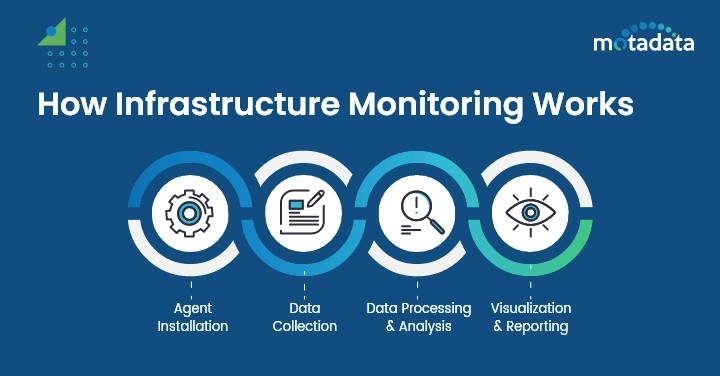
Final Thoughts
The future of observability lies in open standards, AI integration, and developer empowerment. The tools to watch in 2025 are not just feature-rich—they’re context-aware, intuitive, and built for the speed of modern software.
Your system is talking. The question is—are you listening with the right tools?

_Vladimir_Stanisic_Alamy.jpg?width=1280&auto=webp&quality=80&disable=upscale#)











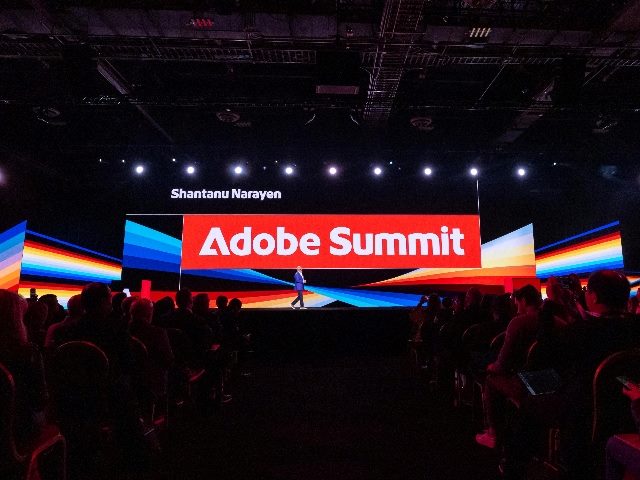





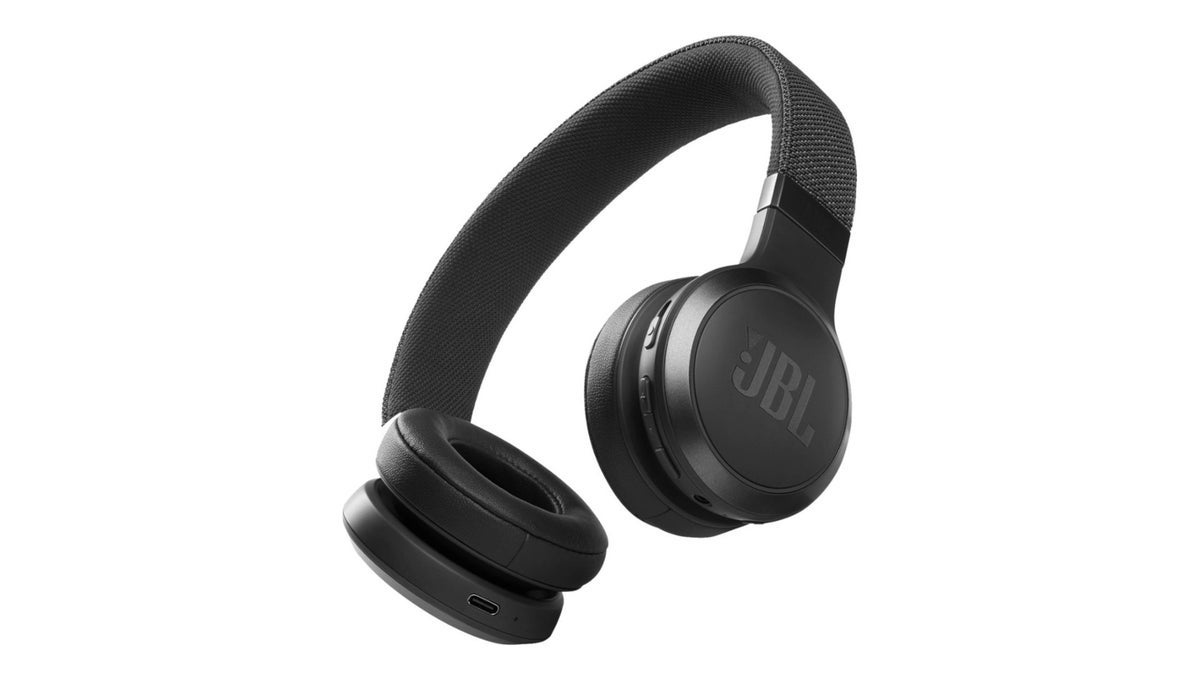









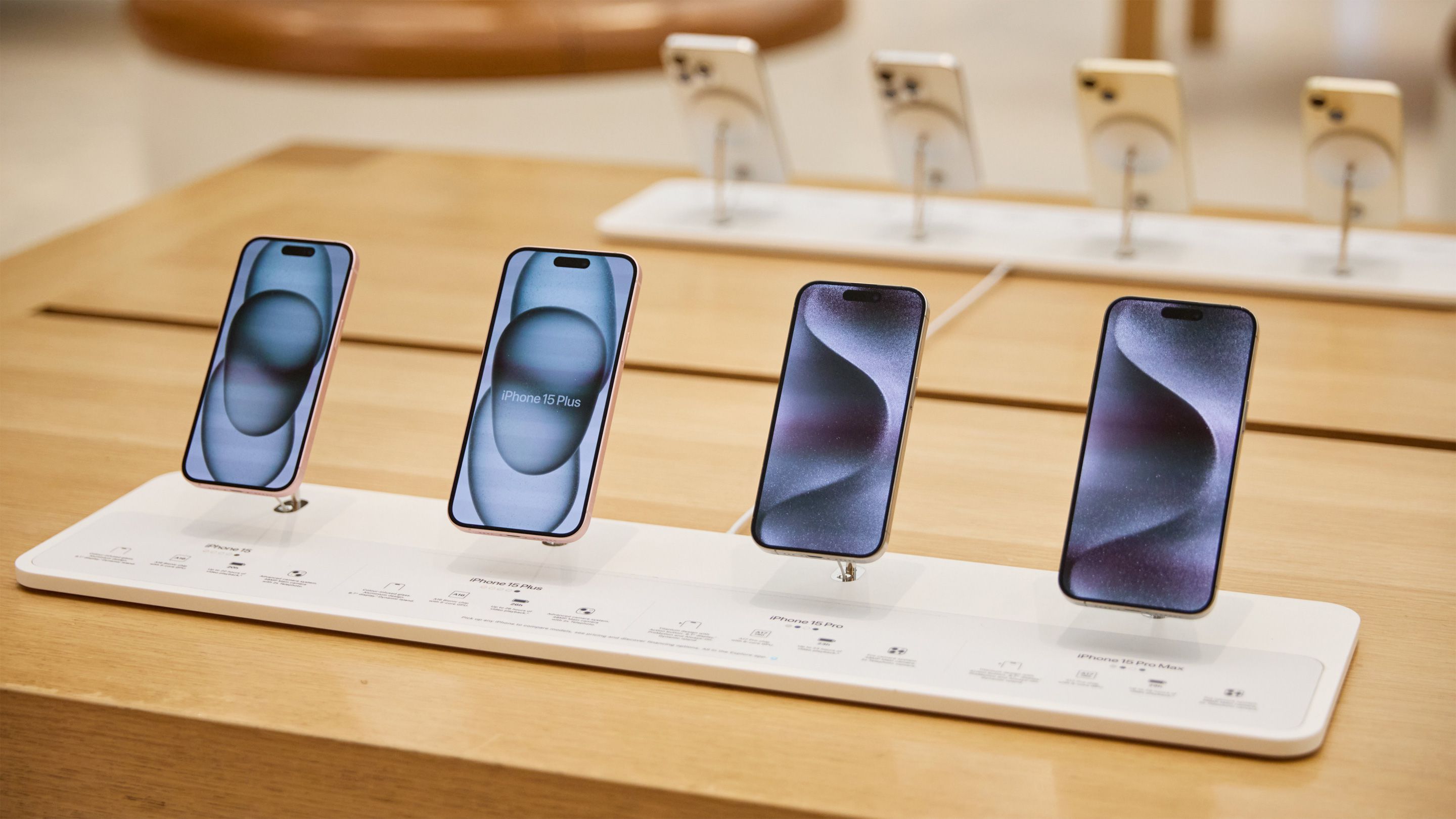






















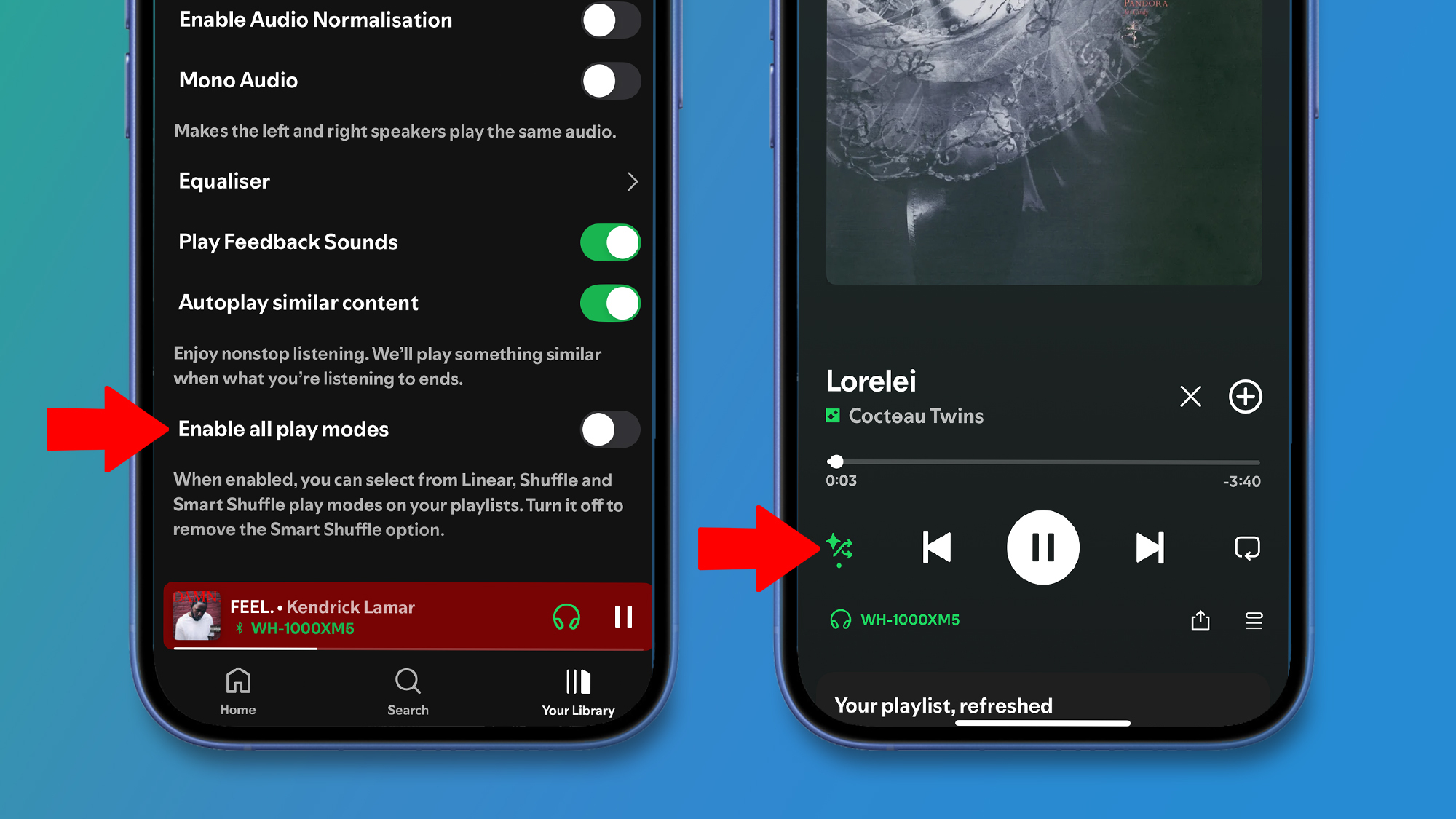


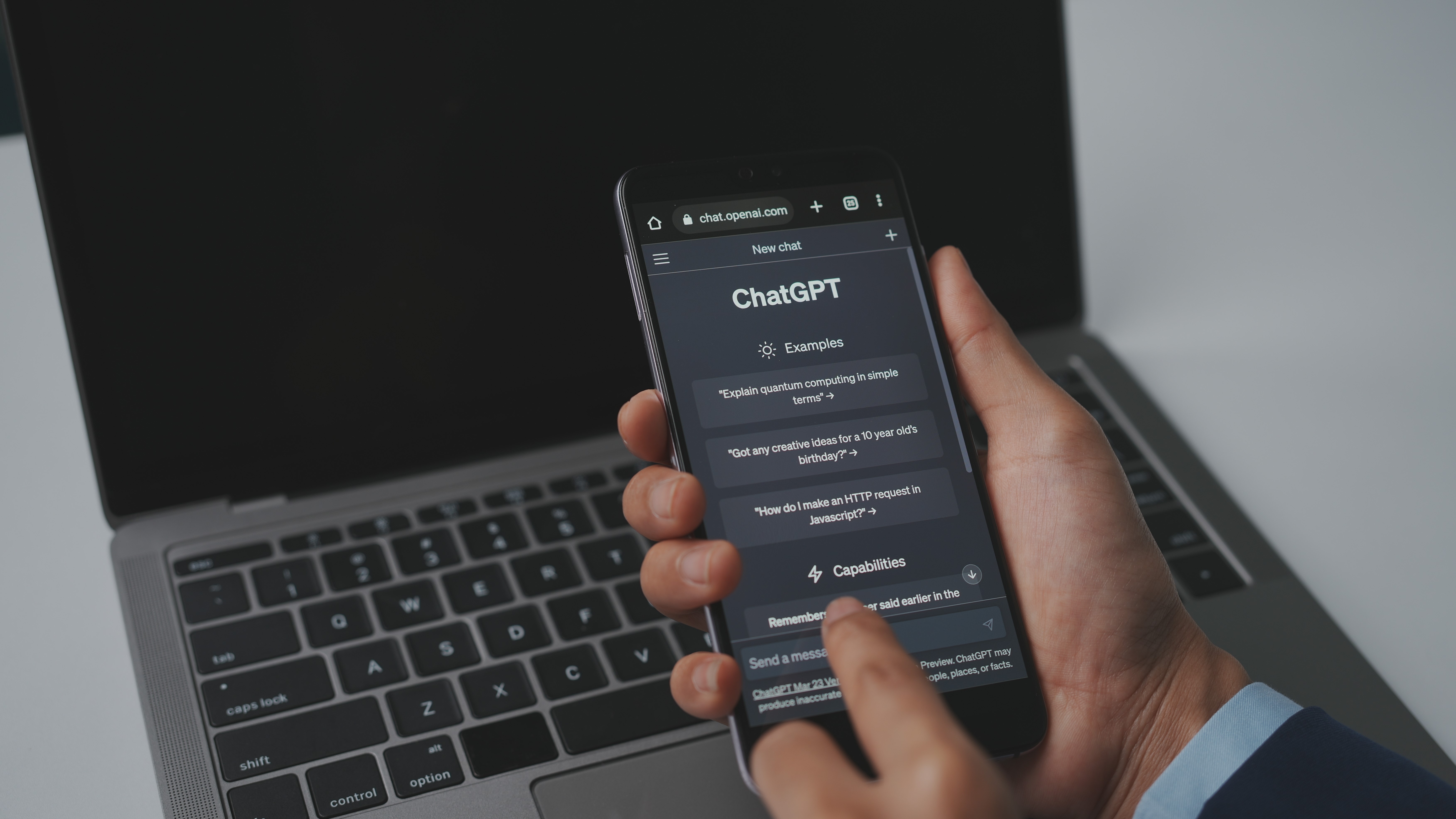
















![Apple Seeds watchOS 11.5 Beta 4 to Developers [Download]](https://www.iclarified.com/images/news/97147/97147/97147-640.jpg)
![Apple Seeds visionOS 2.5 Beta 4 to Developers [Download]](https://www.iclarified.com/images/news/97150/97150/97150-640.jpg)
![Apple Seeds tvOS 18.5 Beta 4 to Developers [Download]](https://www.iclarified.com/images/news/97153/97153/97153-640.jpg)



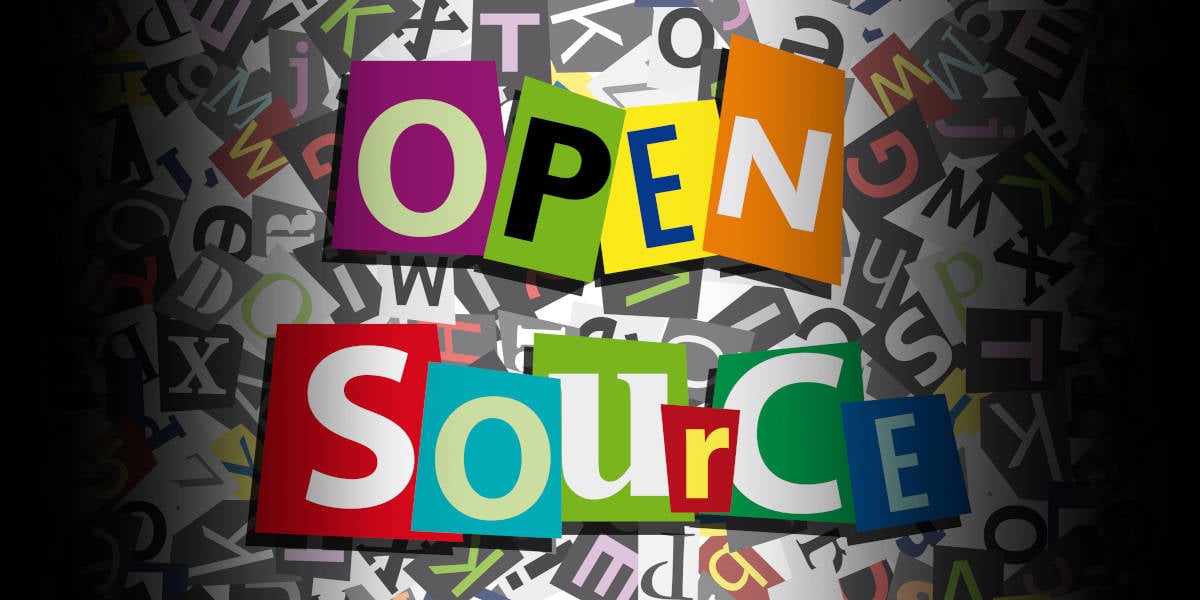













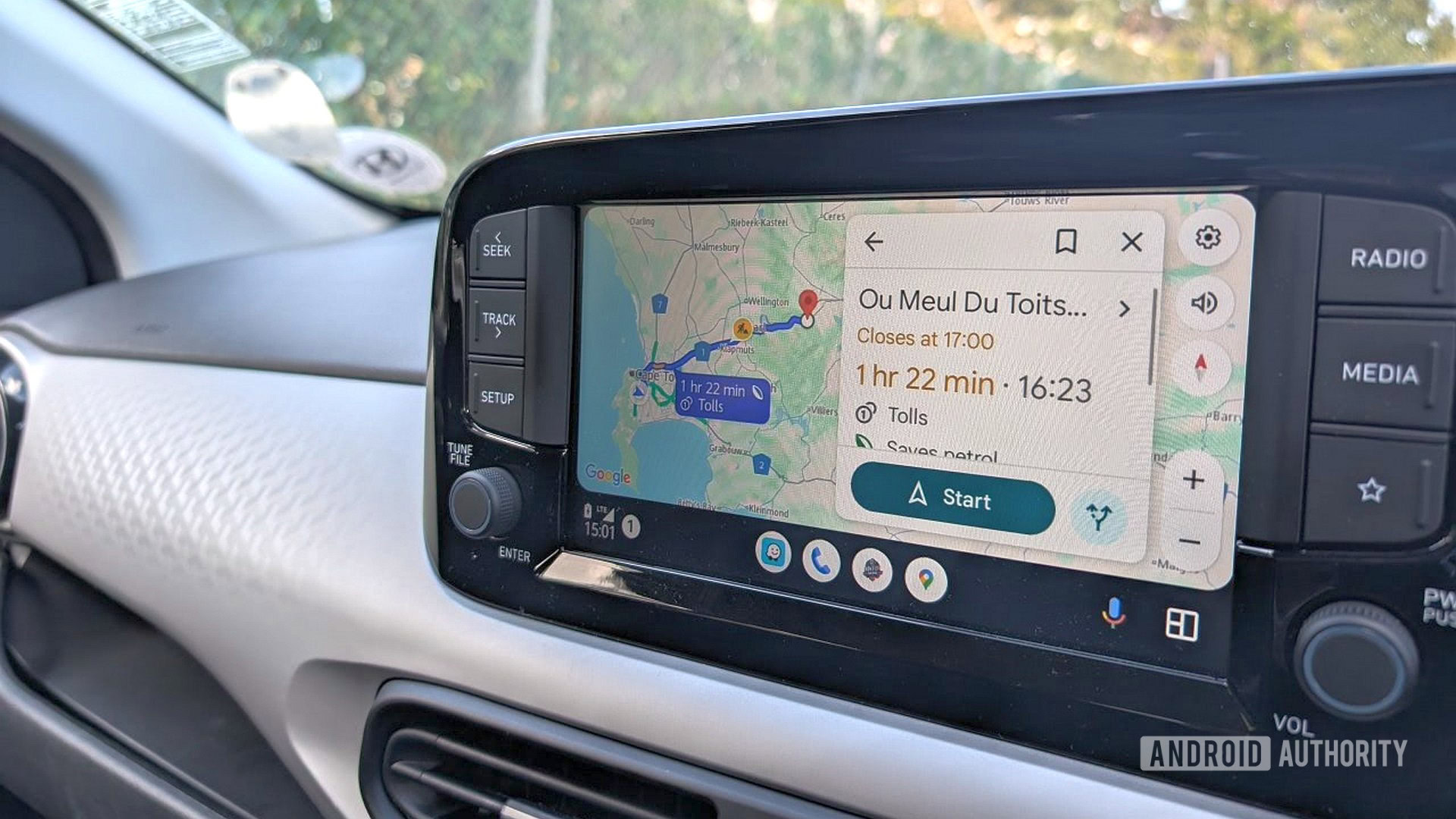
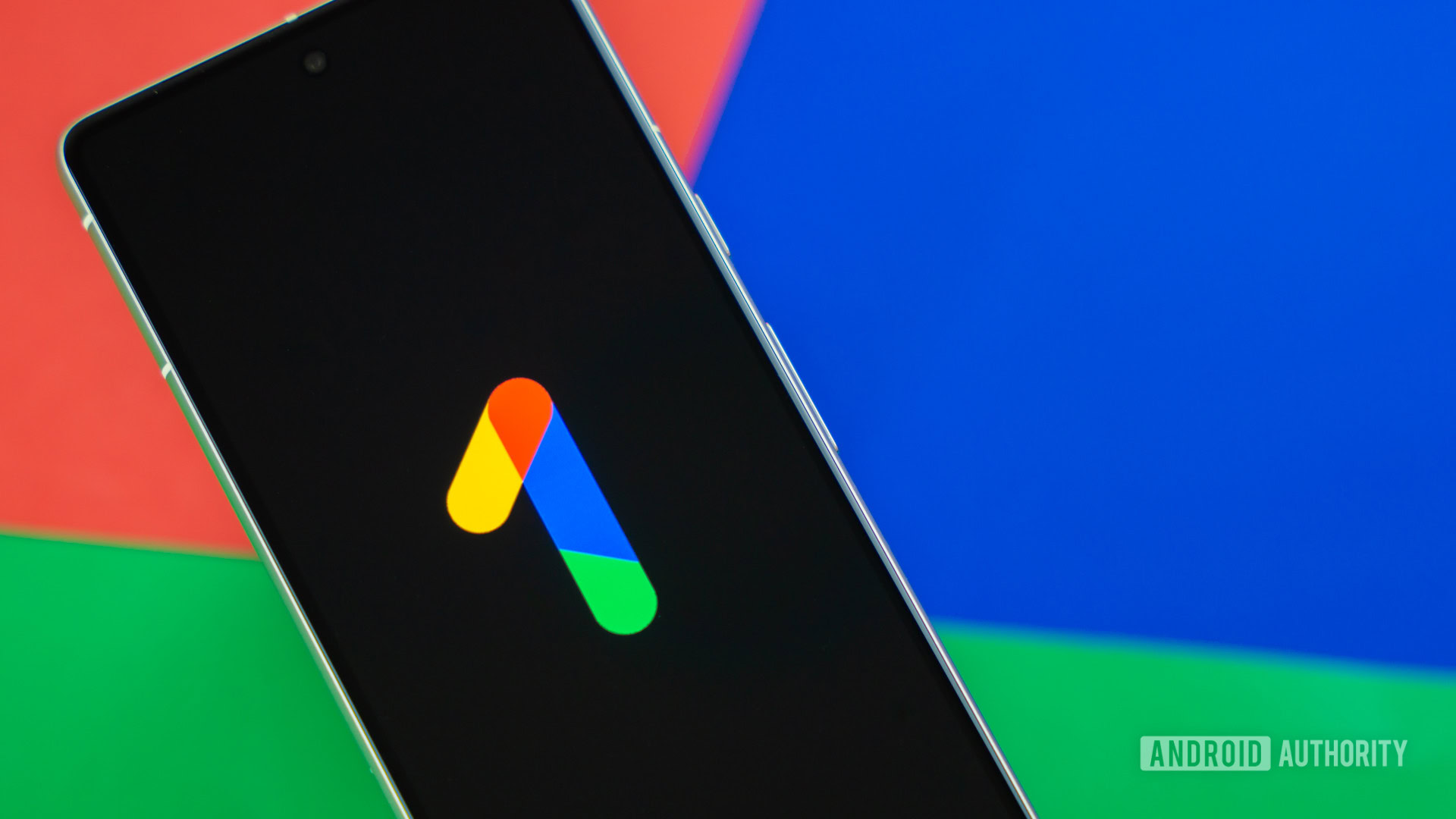






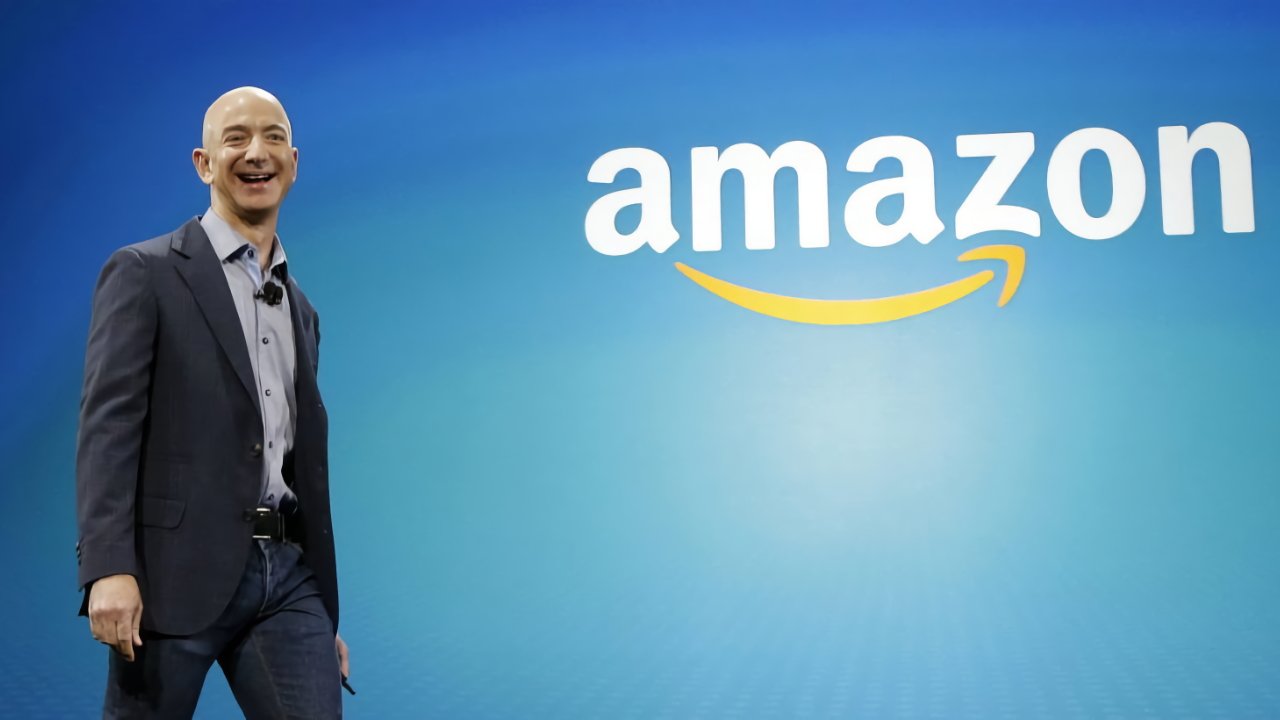
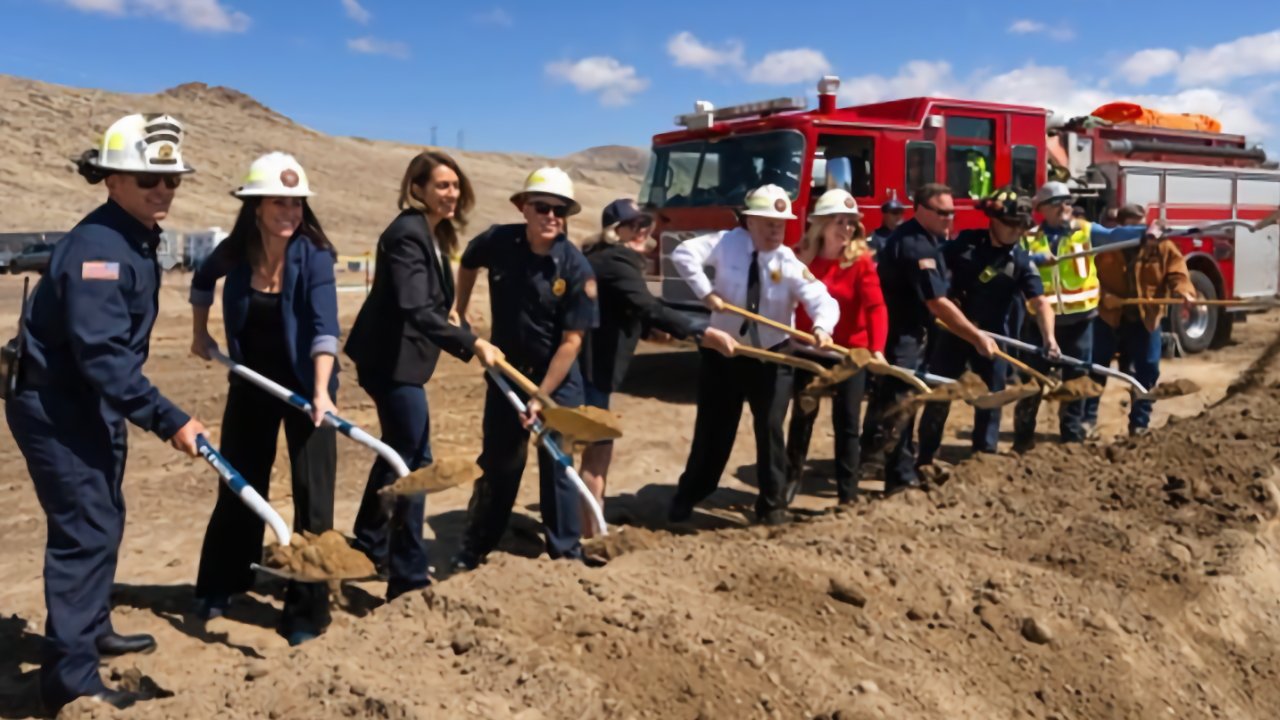







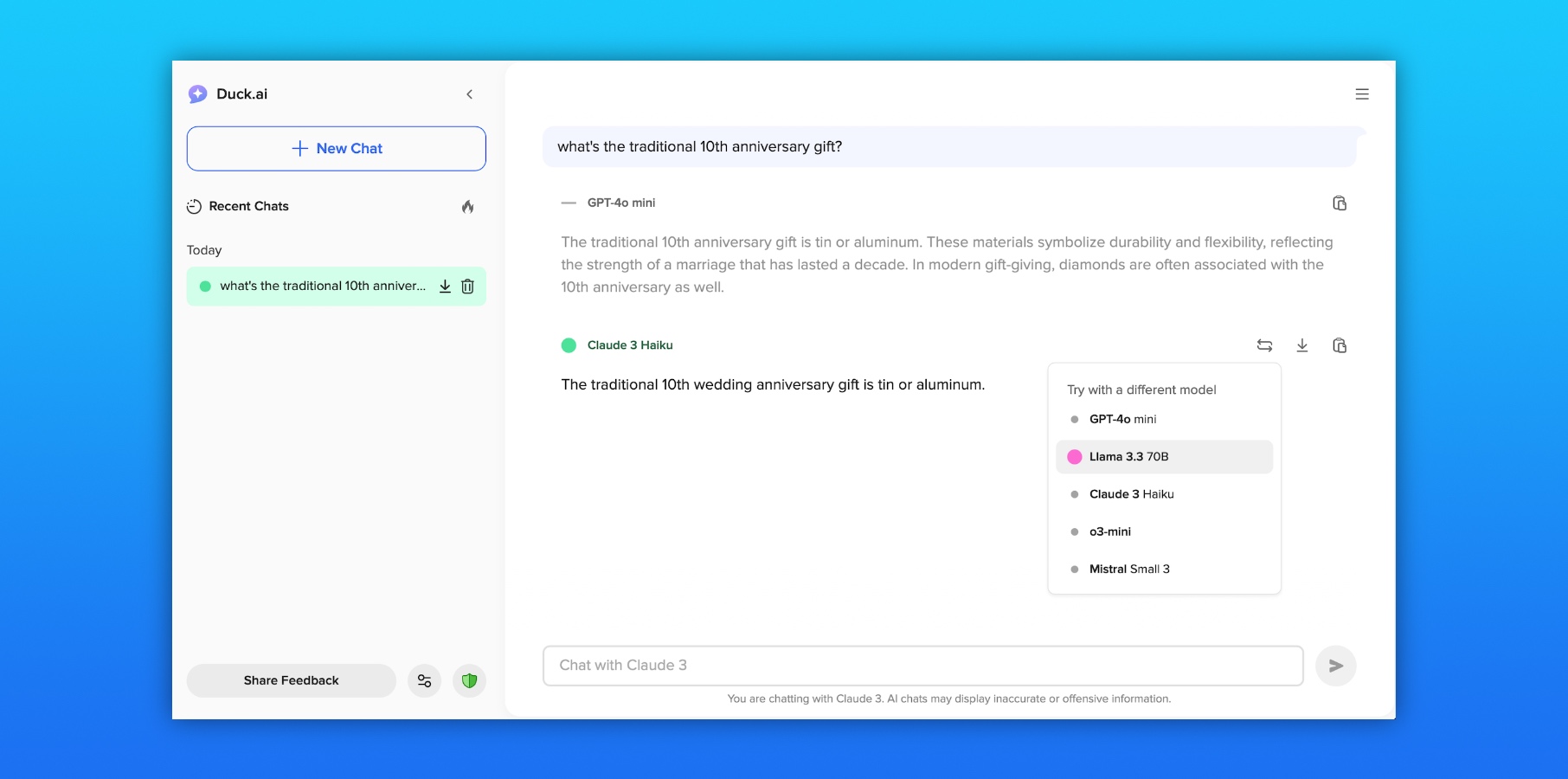


































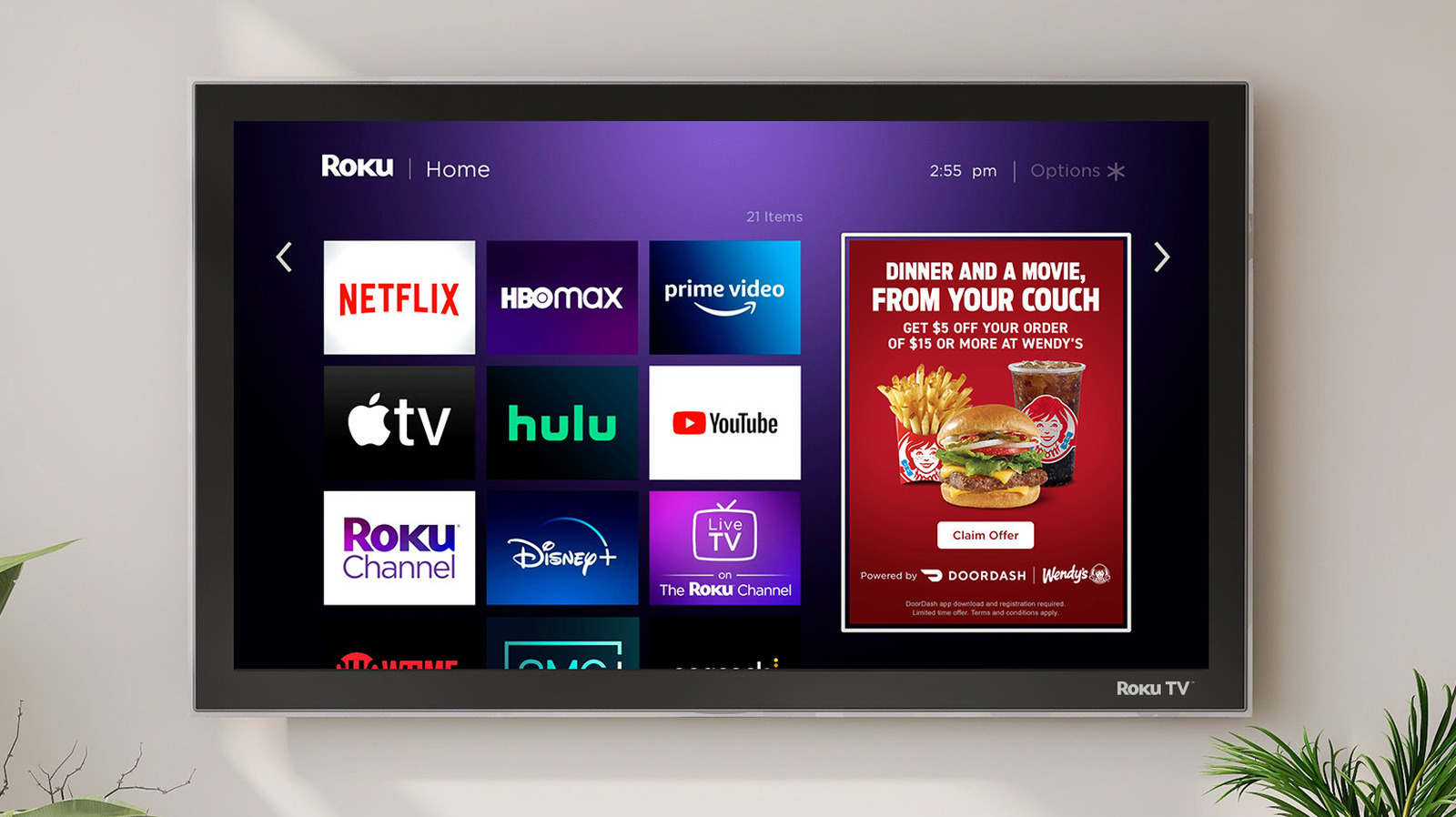








































































































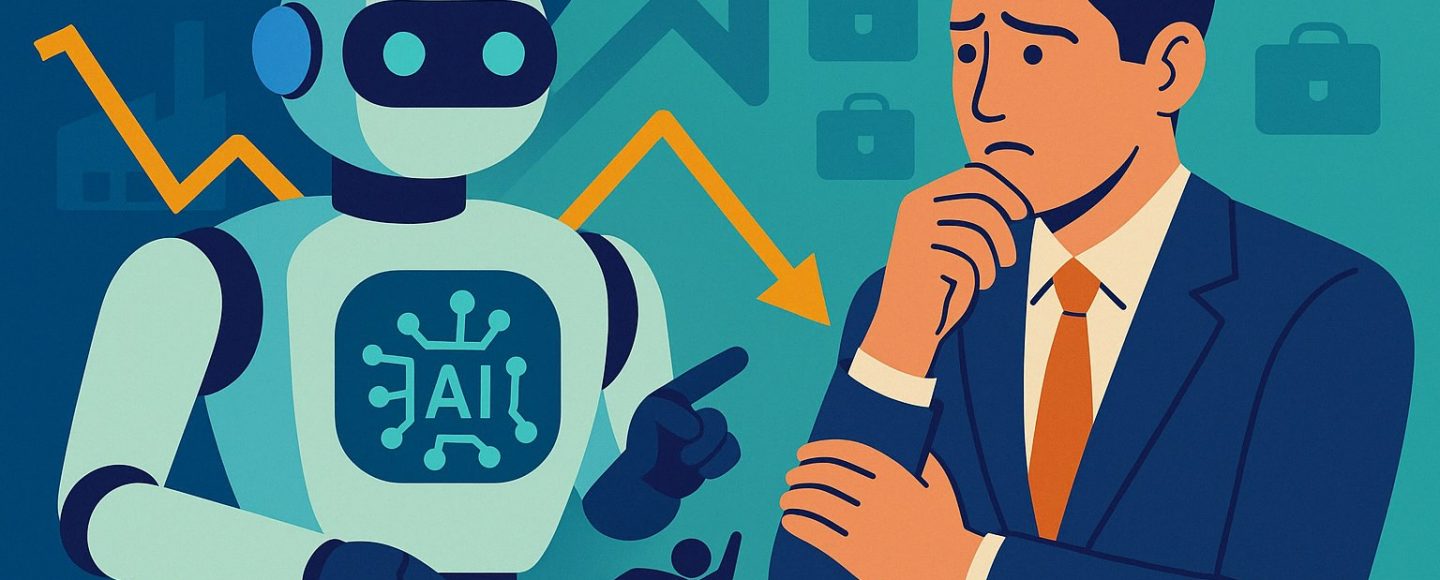






















































![[The AI Show Episode 145]: OpenAI Releases o3 and o4-mini, AI Is Causing “Quiet Layoffs,” Executive Order on Youth AI Education & GPT-4o’s Controversial Update](https://www.marketingaiinstitute.com/hubfs/ep%20145%20cover.png)
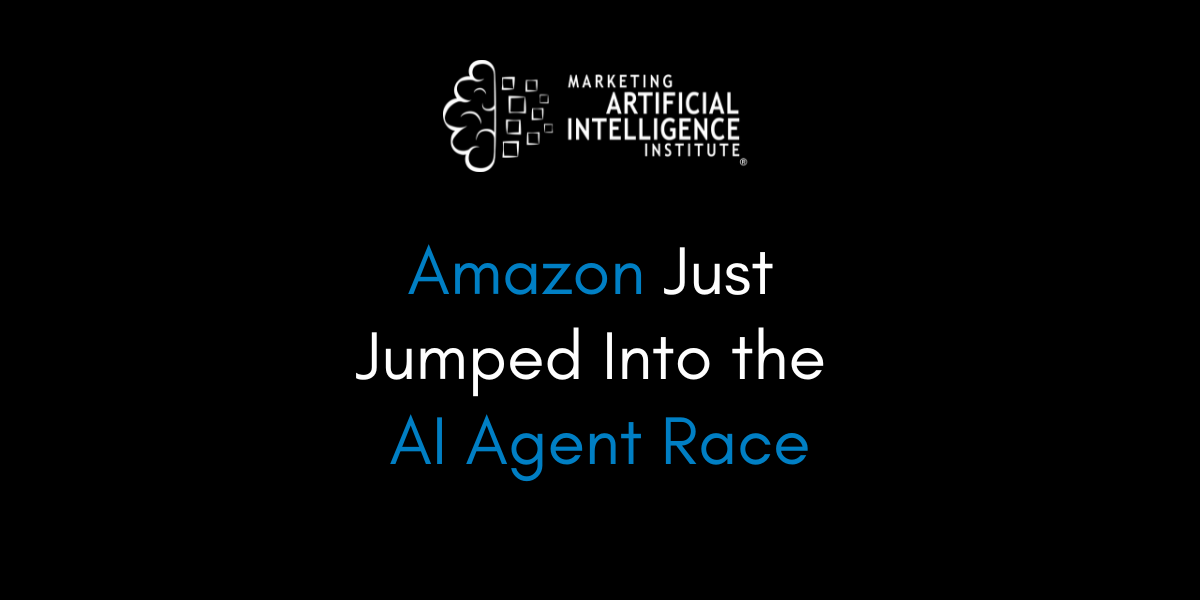
![[The AI Show Episode 144]: ChatGPT’s New Memory, Shopify CEO’s Leaked “AI First” Memo, Google Cloud Next Releases, o3 and o4-mini Coming Soon & Llama 4’s Rocky Launch](https://www.marketingaiinstitute.com/hubfs/ep%20144%20cover.png)

















































































































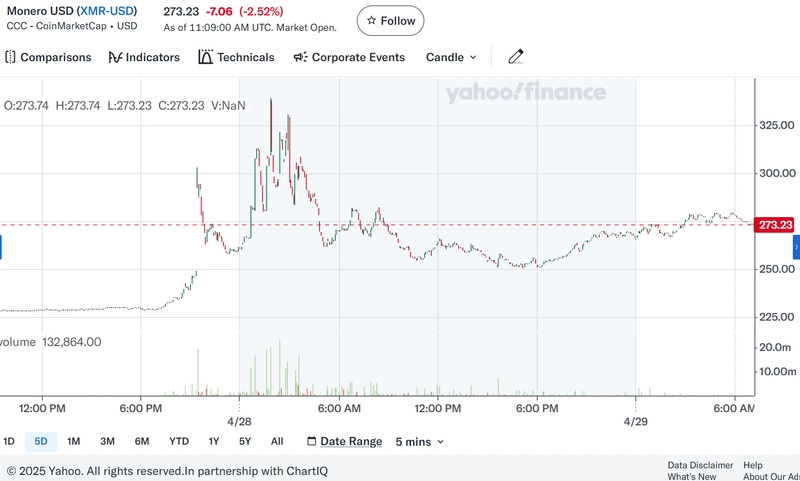
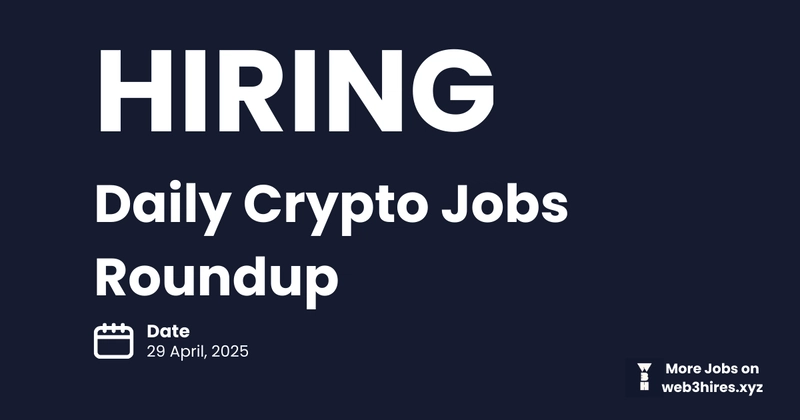
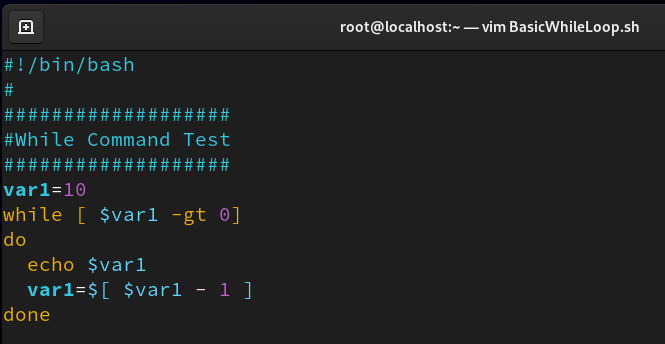
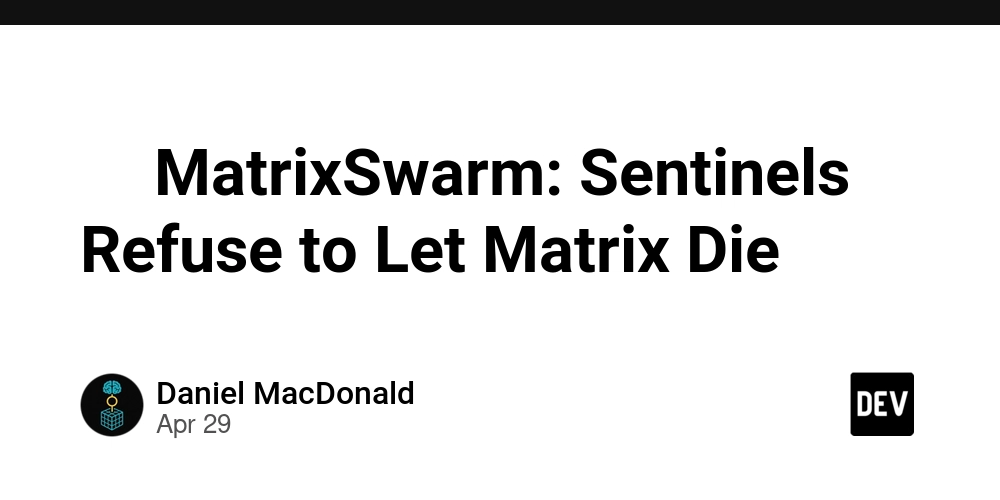
































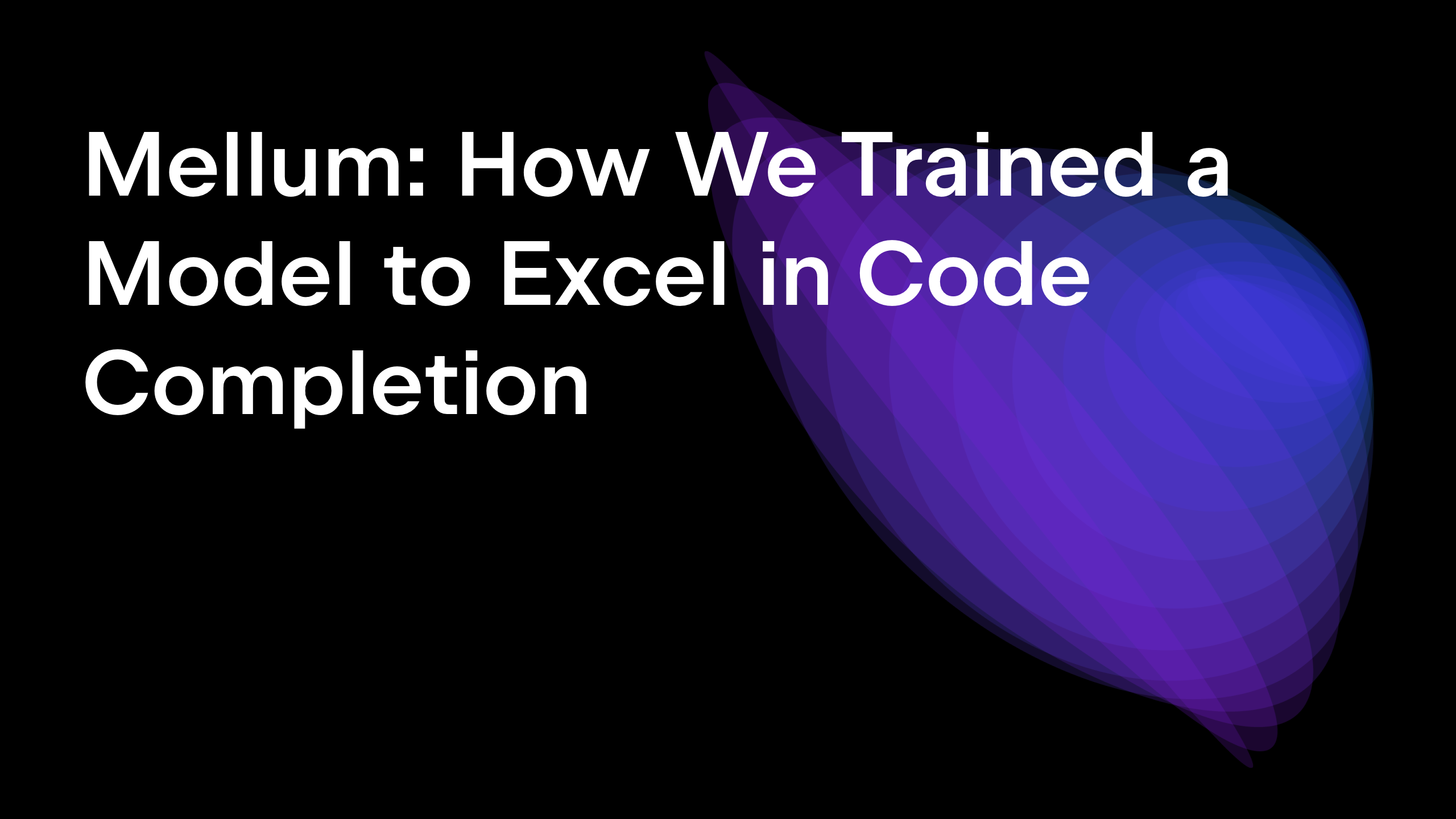









































.png?width=1920&height=1920&fit=bounds&quality=70&format=jpg&auto=webp#)





.jpg?#)



























































